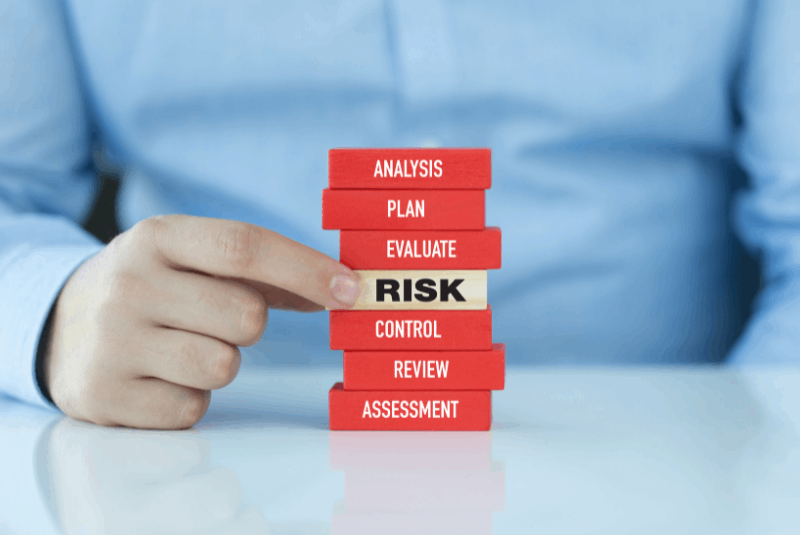“The Biggest IT Risk is the one you don’t take” is a mantra you’ll hear motivational speakers deliver in their presentations to make the argument that you should throw all caution to the wind and go for it (whatever “it” is).
And while that may be a good piece of advice to get someone to take action on an idea (and get the speaker applause at the end of their presentation), truly smart, experienced entrepreneurs and business executives NEVER throw “caution to the wind” and take wild risks. They take calculated risks, weighing consequences and putting buffers, hedges and checks in place to reduce the risk and potential losses. They look for the risk because they know unchecked optimism is not only foolish, but dangerous, and Murphy is always standing by with a big wrench in hand, ready to throw it into your best-laid plans.
If you follow Warren Buffett’s two rules of investing, you’ll see this same caution:
Rule #1 – Never lose money.
Rule #2 – Never forget Rule #1.
A good question to ask yourself is where are YOU putting your business and your money at undue risk? While you cannot prepare for and prevent EVERY risk in your business, one area where we see a lot of businesses taking huge, unmitigated risks is with their data and cyber security.
Despite the overwhelming evidence that the risk and the financial consequences of cyber-attacks are enormous, we still hear, “Nobody is going to hack us…we don’t have anything they want,” or “We can’t get hacked because _____,” with the blank being things like “we use cloud applications” or “we have a good firewall,” “our people are too smart to click on bad links in e-mails,” or other similar “reasons” for their false sense of security. They explain it away.
Frankly, we believe this stems from neglect and a desire to save on securing data, business, and finances rather than confidence and logic. And while I completely understand that nobody wants to spend a lot of money on IT.
The risk doesn’t cease to exist just because you choose to ignore it.
One of the smartest investors in the world, Howard Marks, CEO of Oaktree Financial, said, paraphrased, the less risk you perceive, the more risk there is. For example, if I don’t think there’s any chance I can die in a car wreck on my way to the store, I’ll fail to put on my seat belt, text while I drive and be a lot less cautious about paying attention to the road than if I thought there was a very high chance I could be in a fatal crash. The lower the risk perceived, the higher the risk actually is, because we lower our guard and don’t protect against it.
That’s exactly why small businesses are the #1 target for hackers.
They’re EASY prey. While not as headline-grabbing, hacking small businesses for ransoms is lucrative. These attacks, akin to the unnoticed 6 million annual car wrecks, often escape media attention. Only noticeable are the big ones – or the ones that significantly affect rush hour traffic.
If you’re unsure about your complete protection against hacks, click here to schedule a quick discovery call. We can swiftly assess your cyber security risk and determine your current IT company’s protection level and cyber-attack risk. It’s free and comes with no expectations or cost.
Remember, not all successes are measured in gains secured. Sometimes success is defined as losses avoided. Given the opportunity, I’m sure everyone would undo a few past decisions with current knowledge. You’d probably warn yourself about past mistakes and implement safeguards to prevent losses. Unfortunately, no genie exists to grant that, so preventing cyber-attacks is undoubtedly better than curing them later. Call us today for your FREE Cyber Security Risk Assessment.

